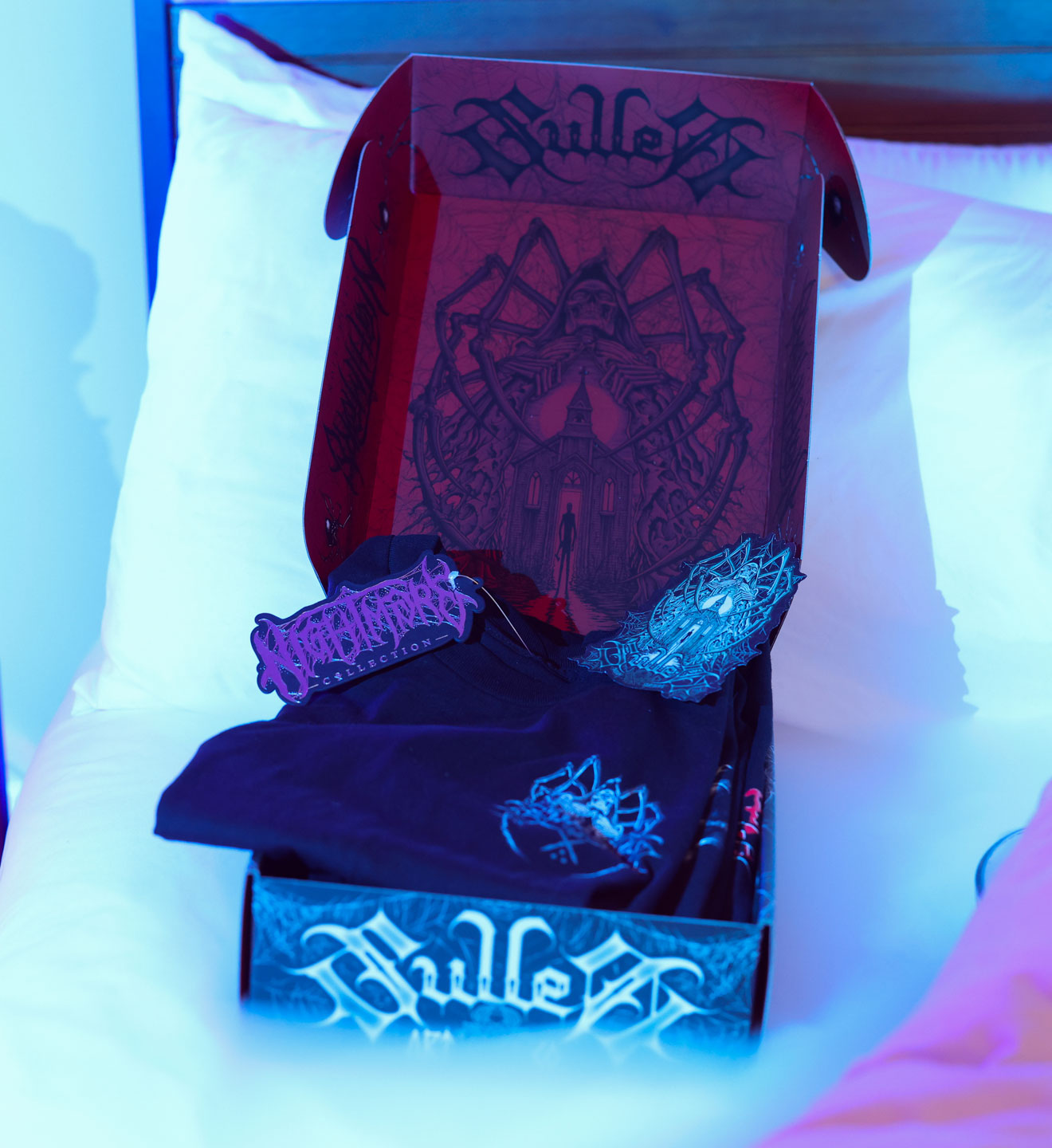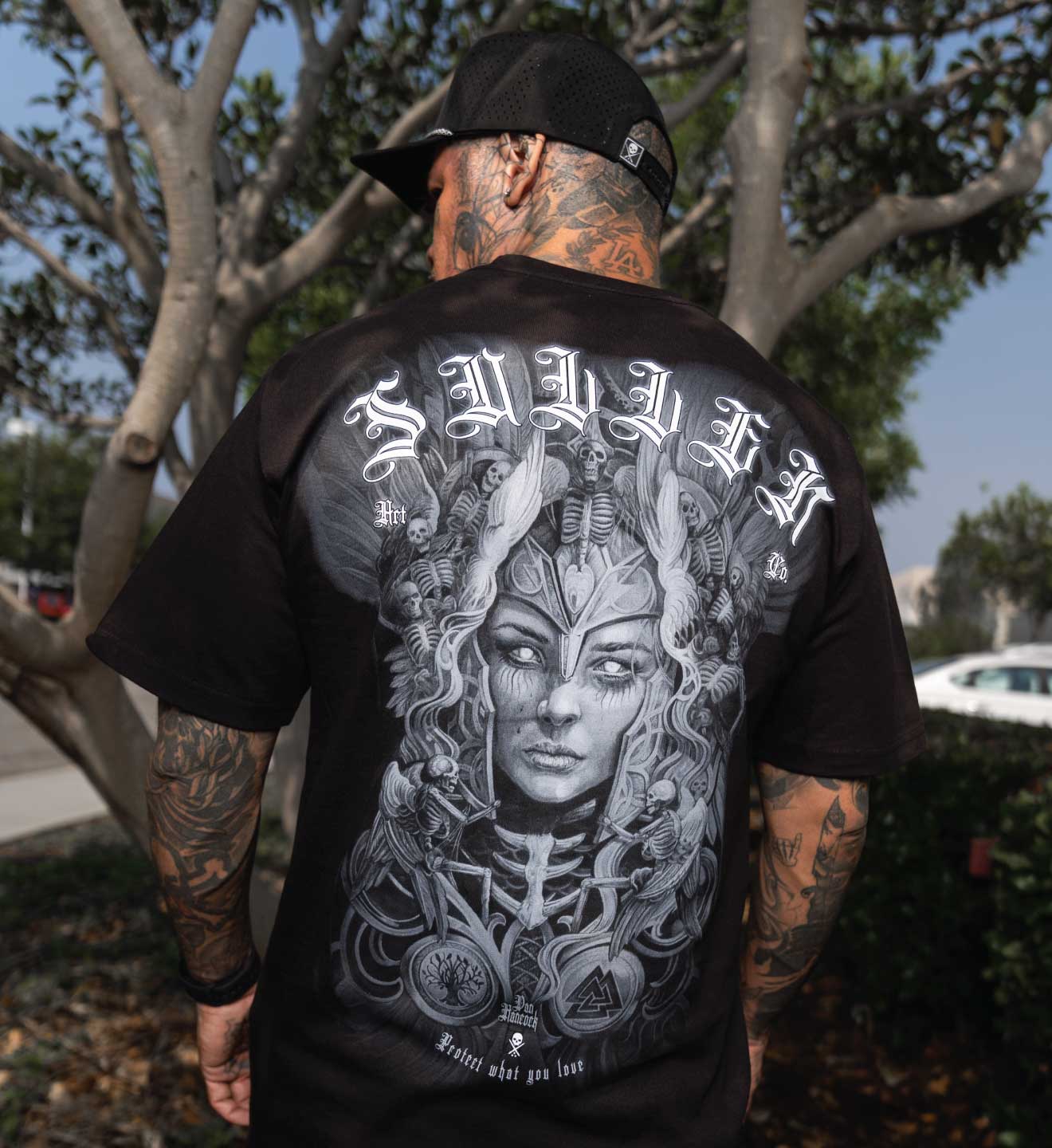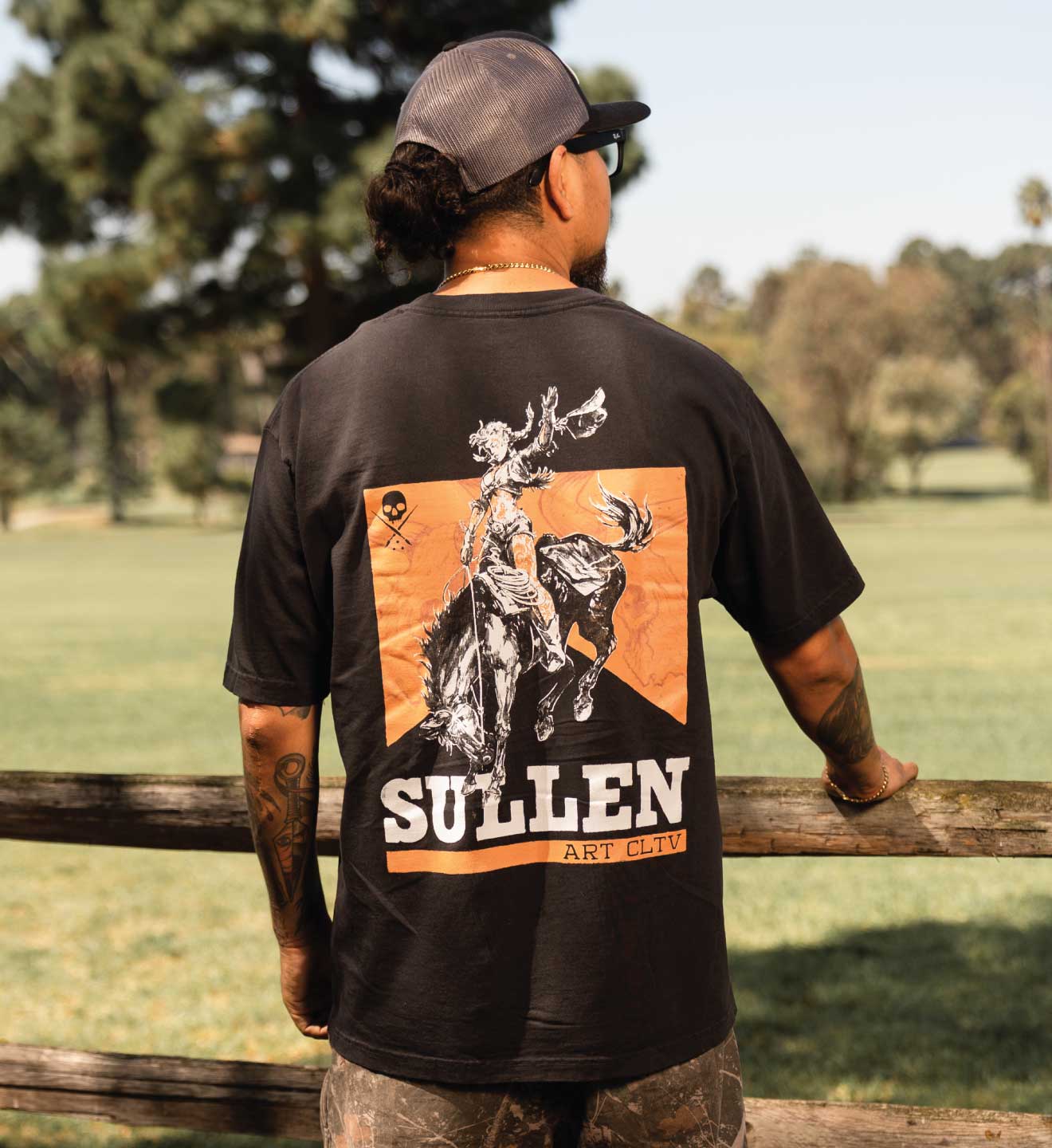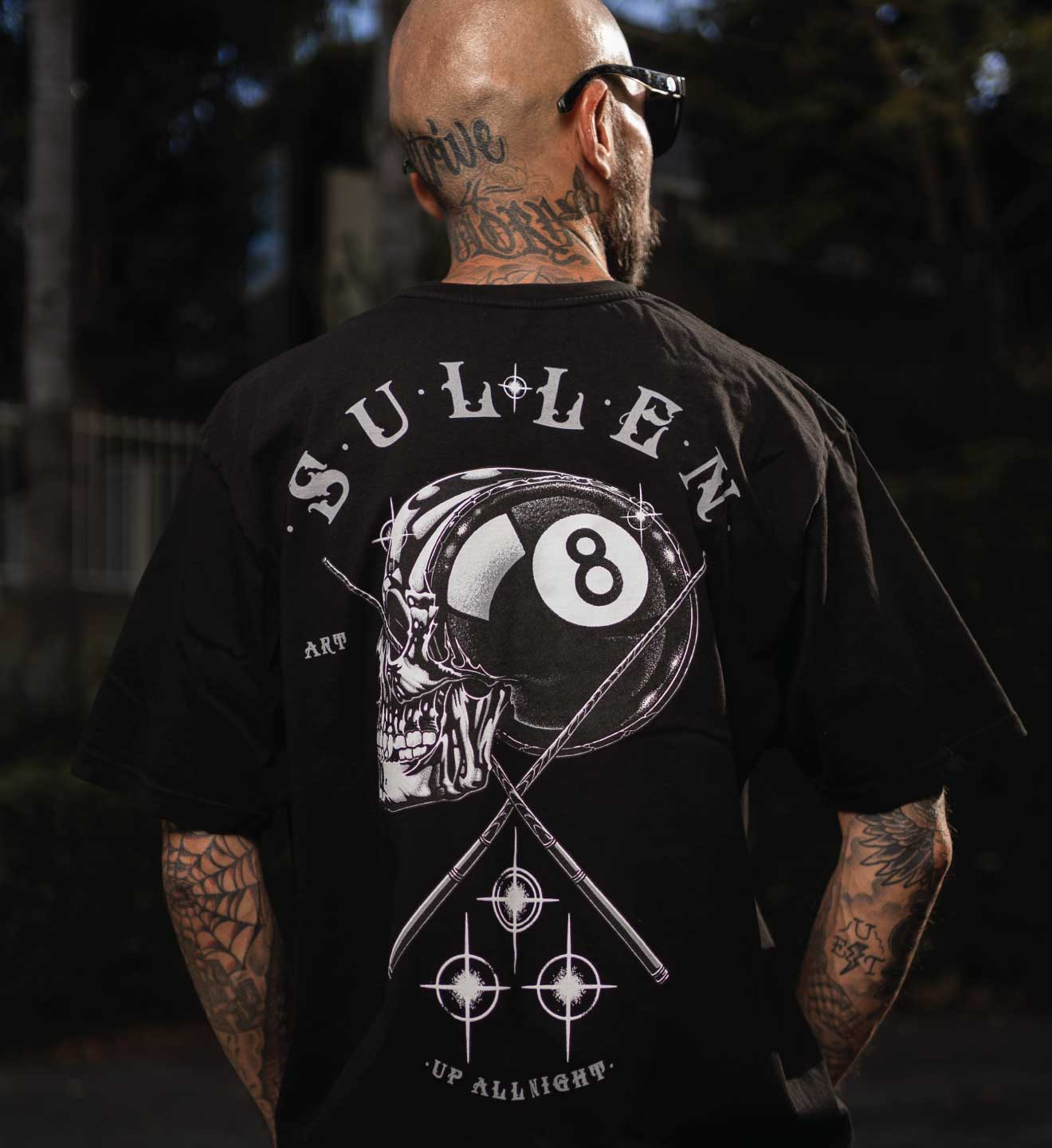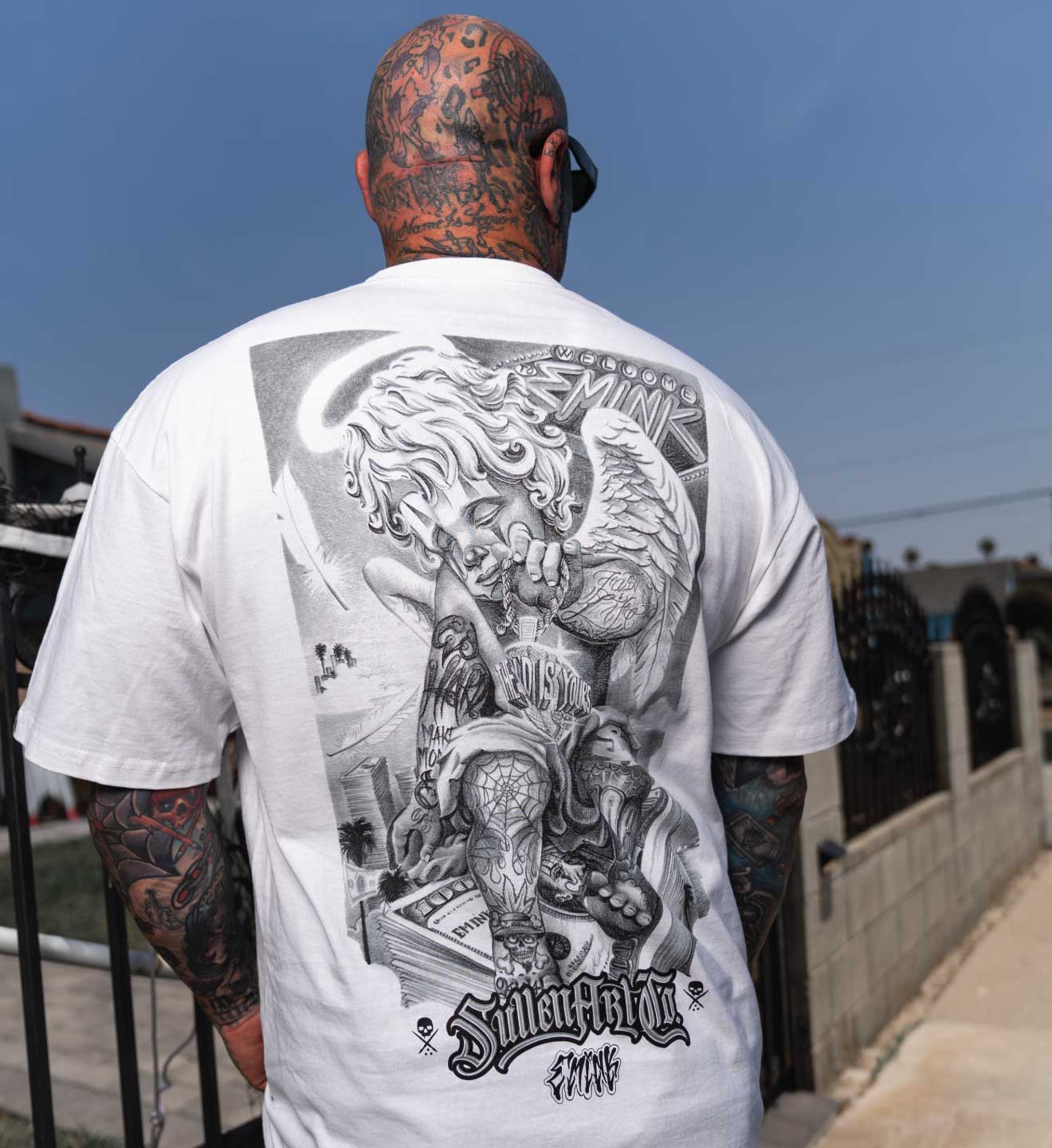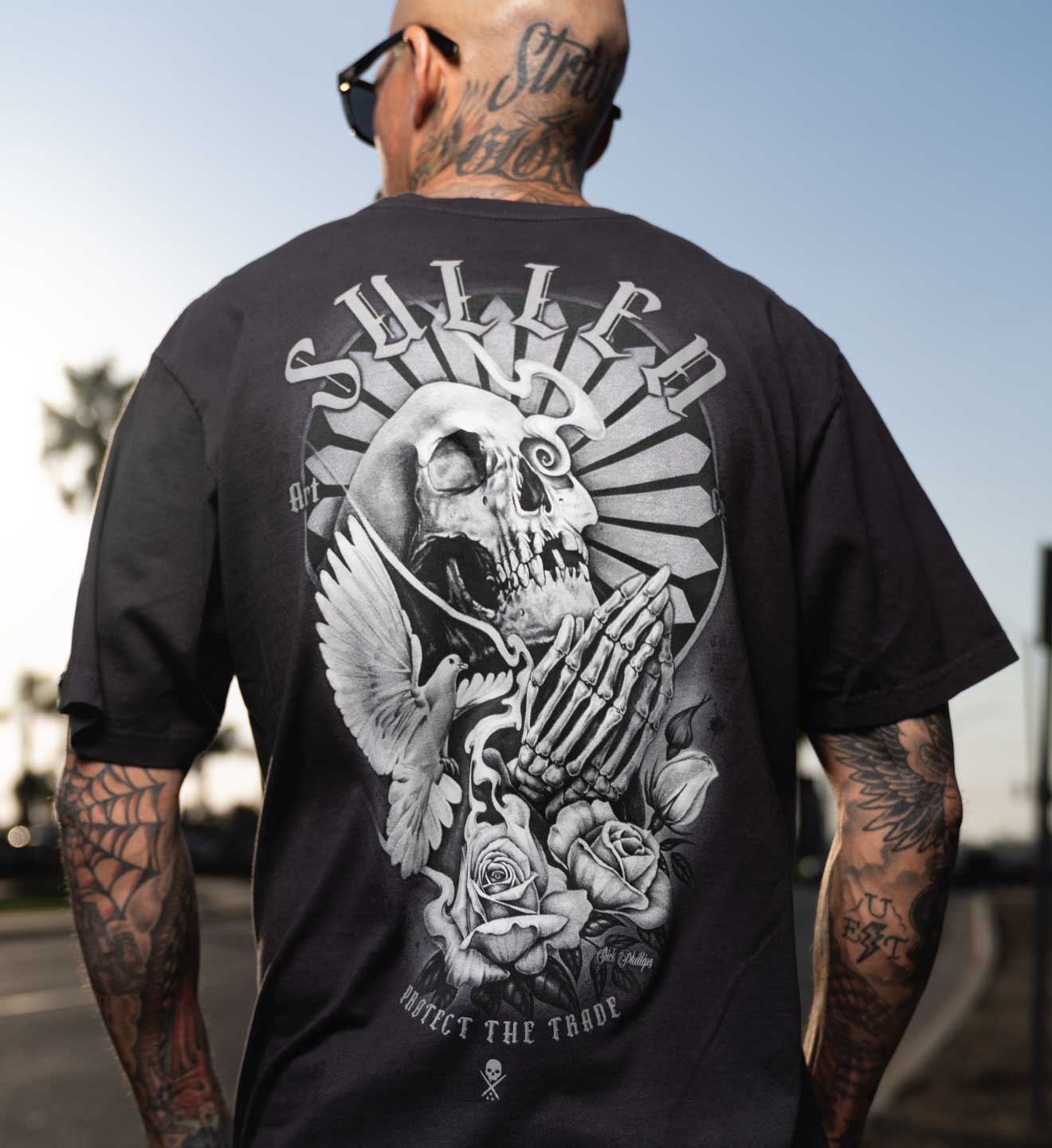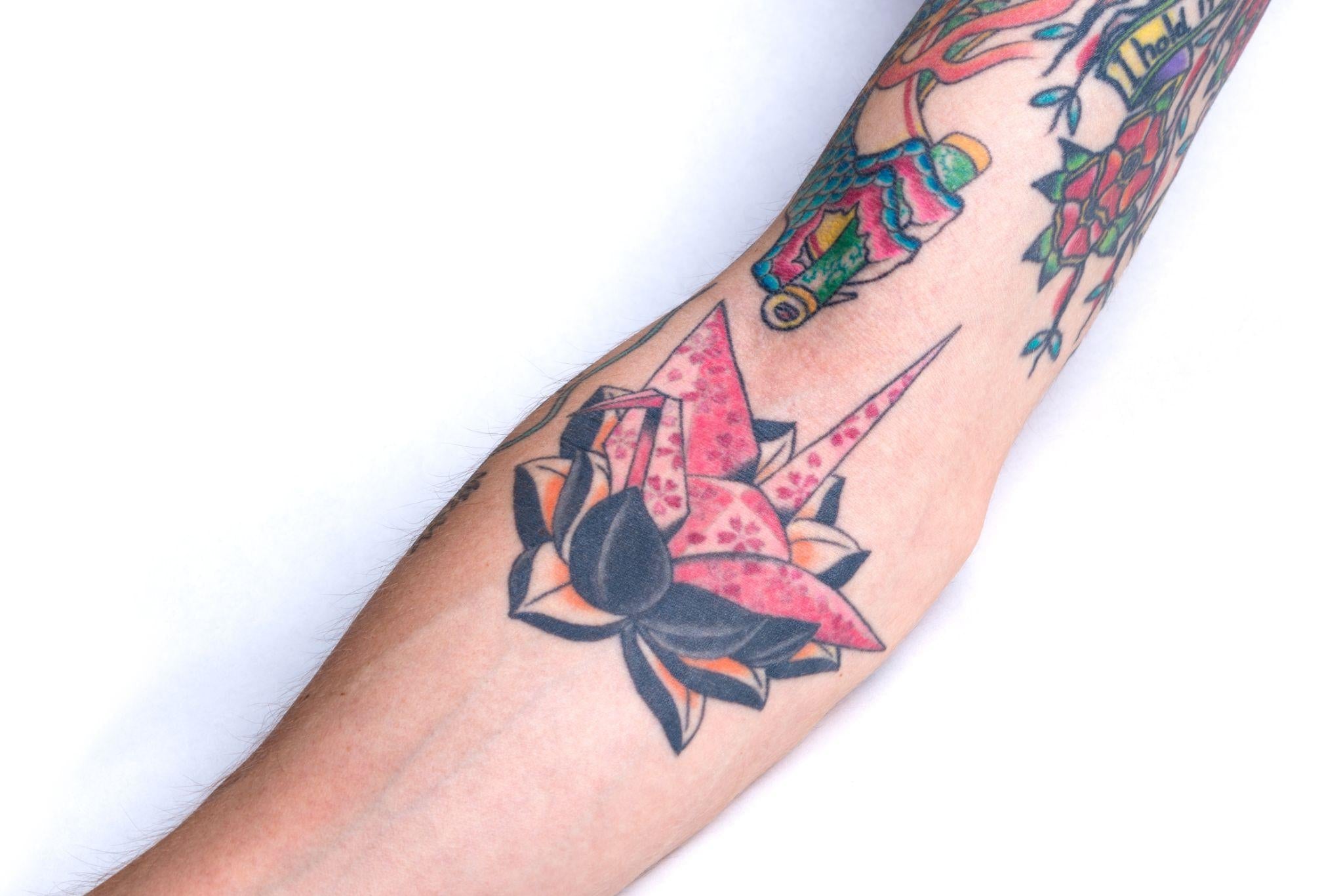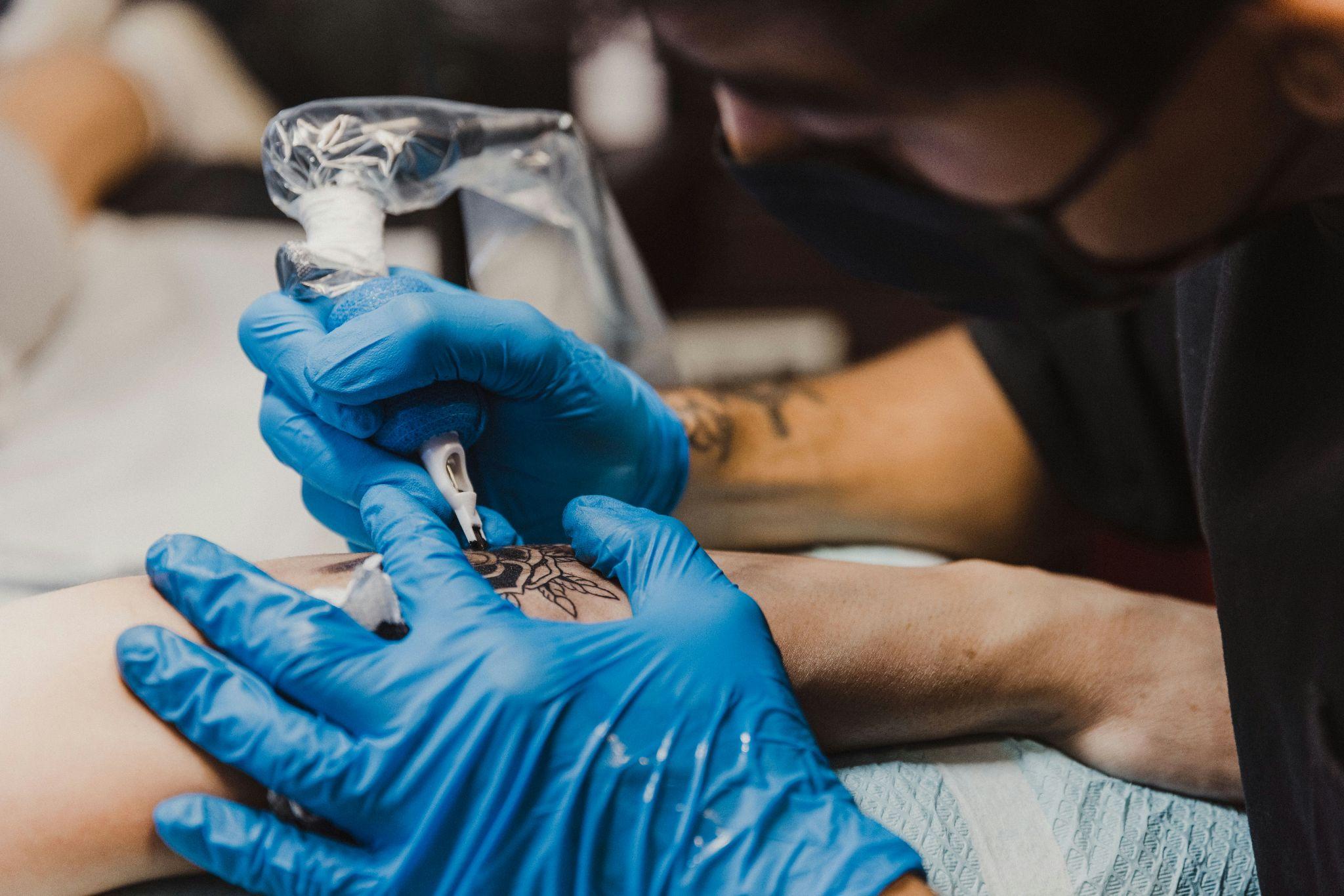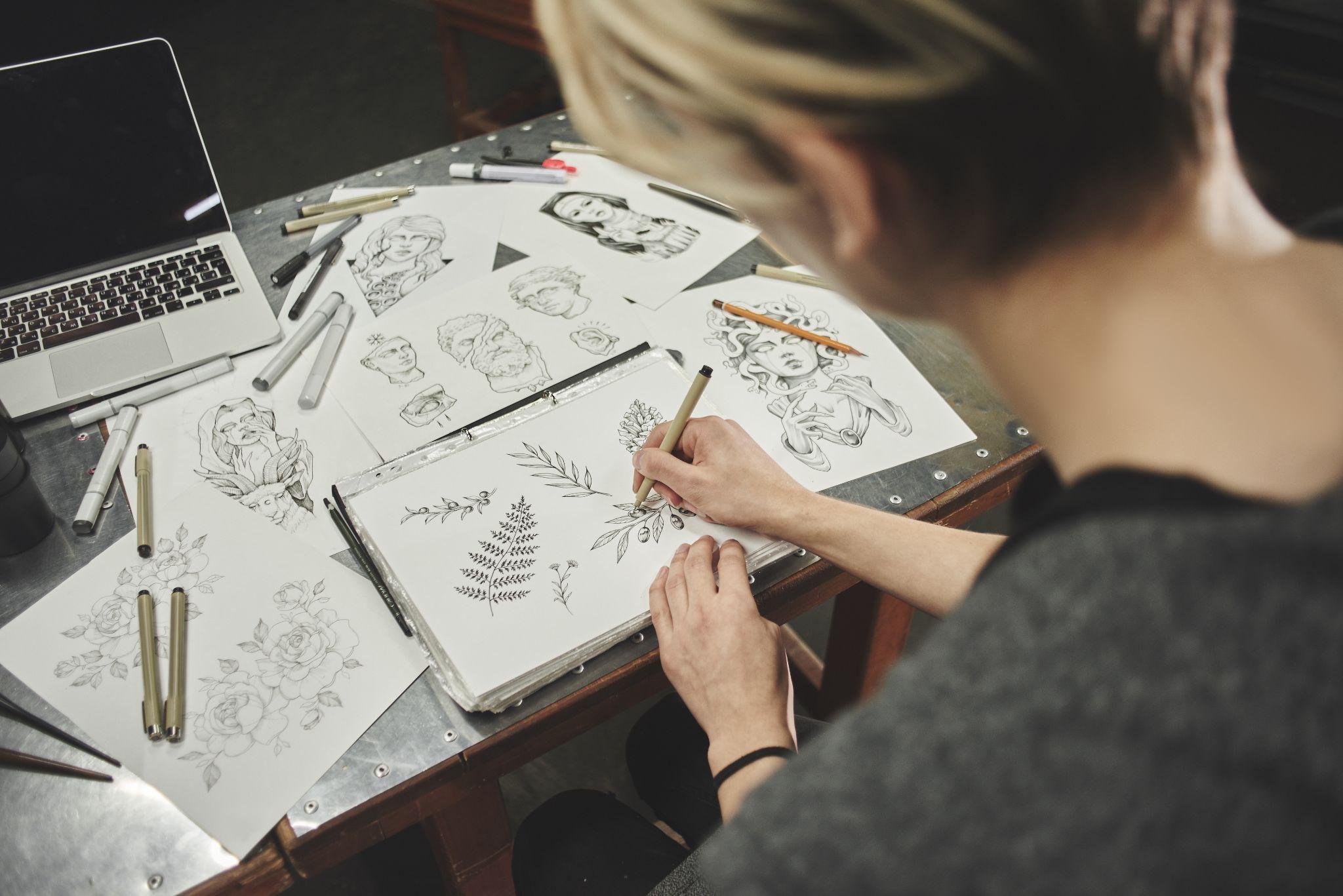
How Tattoo Artists Design Custom Pieces
A great tattoo begins with a vision. For artists who create custom tattoos, the process blends creativity, technical skill, and clear communication. Each piece is personal, designed to reflect the client’s story, style, or ideas. These designs involve trust, talent, and thoughtful execution.
By actively collaborating with the client, tattoo artists are able to develop meaningful custom pieces that are truly one of a kind.
What Makes a Tattoo Custom?
Custom tattoos are original works of art created for a specific person. Unlike flash tattoos, which are pre-designed and reused, a custom design tattoo is built from scratch. Every line, symbol, and shape is chosen with the client in mind.
Custom tattoo ideas often come from:
- A meaningful event or memory
- A cultural symbol or spiritual image
- An artistic style the client admires
- A design that fits a particular body area
Custom tattoo design artists use these ideas as a foundation. They transform the client’s input into something that works visually, fits the body, and reflects the artist’s own creative voice.
How Tattoo Artists Design Tattoos

Creating a custom tattoo is a step-by-step journey. Each stage plays an important role in shaping the final design. Some steps take place in the studio, others through back-and-forth conversation, and some during the artist’s own creative development.
1. Initial Consultation
The first step is always a conversation. The artist meets with the client to talk through the idea, placement, size, and overall look. The client may bring reference images or simply explain the meaning behind what they want. The artist listens and begins forming a design direction that fits both the body and the story.
Some clients are highly specific, while others are open-ended. Either way, the goal is to create a shared understanding that gives the design a strong foundation.
2. Research and Inspiration
After the consultation, the artist gathers references based on the concept. These could include symbols, nature, patterns, or cultural artwork. The research helps the artist figure out how to turn the client’s idea into something visually strong and artistically consistent.
This is also when the artist decides how their personal style fits the design. The goal is to blend inspiration with originality, creating something that feels fresh and intentional.
3. Rough Sketches
Next, the artist begins rough sketches. These drafts are simple and focus on layout, composition, and overall flow. The artist looks at how the tattoo will fit the body and how different elements interact on the skin.
This part often includes trial and error. The artist may adjust the design several times before finding a version that feels balanced and clear.
4. Client Feedback
Once a rough sketch is ready, it may be shared with the client before finalizing. This is the chance for the client to suggest small changes, clarify ideas, or approve the direction. A good custom tattoo artist knows how to take feedback and apply it without losing the heart of the design.
Some artists may only do rough sketching during the consultation and wait to share final designs until the day of the tattoo appointment. If you want to be able to give feedback before then, make sure you know what your artist’s process is.
5. Final Line Drawing
After the design is fully fleshed out, the artist creates the clean final linework. This version is used to make the stencil that will be applied to the skin. Every line must be clear, smooth, and technically sound.
The artist double-checks the fit, detail, and overall shape of the design. At this point, everything is ready for tattoo day.
6. Tattoo Day Setup
Before the session begins, the artist sets up the workspace based on the approved design. They print the stencil, prepare the equipment, and lay out the inks. Cleanliness, safety, and precision are top priorities.
Because the design has been developed through a clear process, the artist can now focus fully on application. Every choice made before this step helps the tattoo come to life exactly as planned.
Why Good Custom Tattoo Design Matters
Strong tattoo design makes a custom piece feel complete. It brings together the story, the style, and the technical elements that help the tattoo age well and sit naturally on the body.
A well-designed custom tattoo:
-
Reflects Meaning Thoughtfully
Good design turns a personal idea into something visual and lasting. Whether it’s tied to a memory, identity, or art, the design gives shape to something that matters to the client. -
Fits the Body
A solid custom tattoo flows with the curves, angles, and movement of the body. The right spacing, shape, and size make the tattoo feel like it belongs exactly where it is placed. -
Shows Collaboration
Custom tattoos are built through communication. When an artist listens and a client is open, the result is a design that reflects both vision and trust. -
Lasts Over Time
Tattoo design affects how well a piece ages. Clean lines, balanced contrast, and smart placement all help a tattoo stay bold and readable for years to come.
From Skin to Style, Sullen Clothing Represents the Art and the Artists

Great design is at the heart of tattoo culture. At Sullen Clothing, we create unique clothing that celebrates the dedicated tattoo artists who live this process every day. Their original work inspires the graphics, themes, and creativity behind each item we produce.
If you respect the craft behind custom tattoos and want to rep the culture with ink-inspired style, check out our collections for shirts, accessories, themed capsule drops, and more.

